Apo Island, a small island southeast of Negros Occidental in the Philippines, is a popular snorkelling spot where you can swim with sea turtles.
Most tourists visit Apo Island on a day tour from the mainland, but we stayed on the island.
We originally crossed to the island with the intention of staying for a leisurely few days, but we ended up leaving after one night. I will write about the attractions of Apo Island and why we did not stay longer.
About Apo Island

Apo Island is a small island southeast of Negros Occidental. It has coral and rocky beaches and is a well-known snorkelling and diving destination.
Although the population is only around 1,000, it seemed densely populated, with most of the residents concentrated in the town centre adjacent to the beach.
There are a few homestays, restaurants and small shops on the island.
As of writing this in May 2023, electricity is only available from 6pm to 10pm. Some facilities and houses are equipped with solar power, in which case electricity is available for almost 24 hours.
100 pesos for Entrance of Apo Island
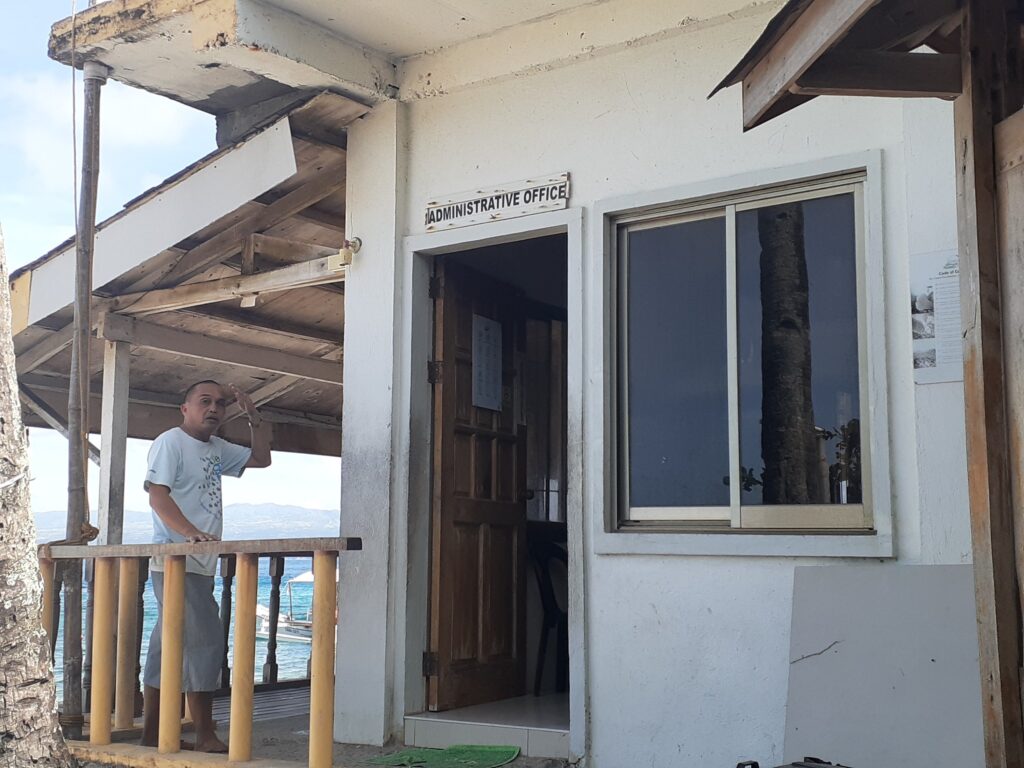
As Apo Island is a protected area, you need to pay an entrance fee of 100 pesos per person. When you land, first go to the management office and pay the entrance fee.
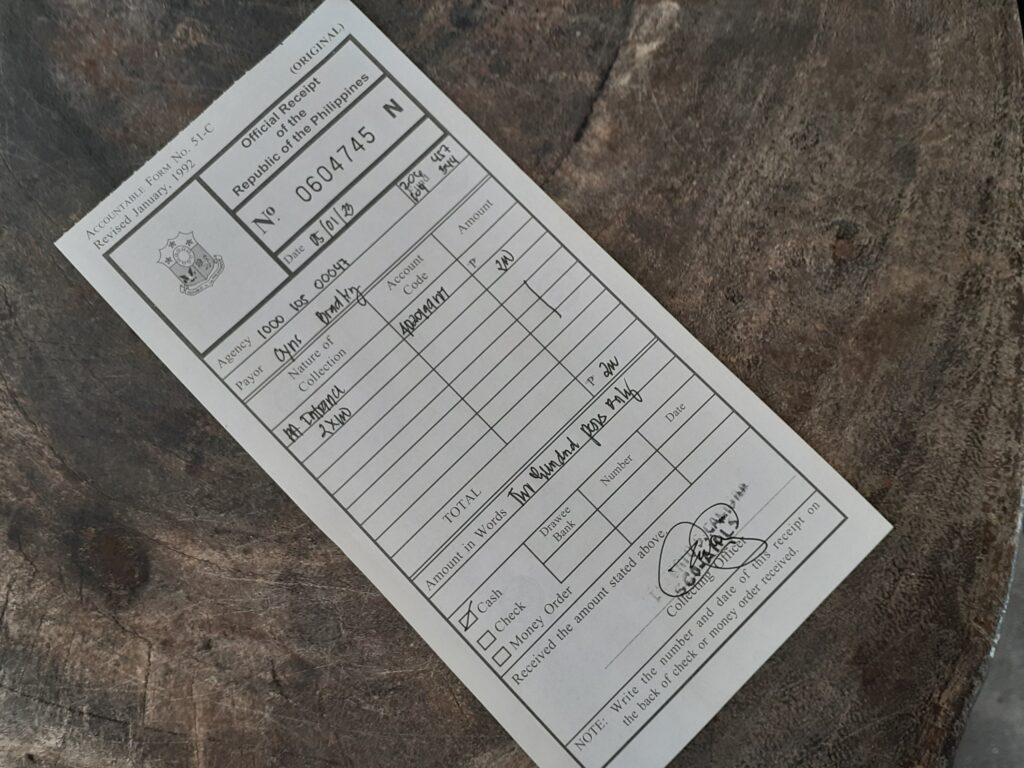
The office is located to the left of the beach off the boat. Submit the paper you received at the Malatapay landing and pay the fee.
A guide (300 pesos) is mandatory when entering the protected area
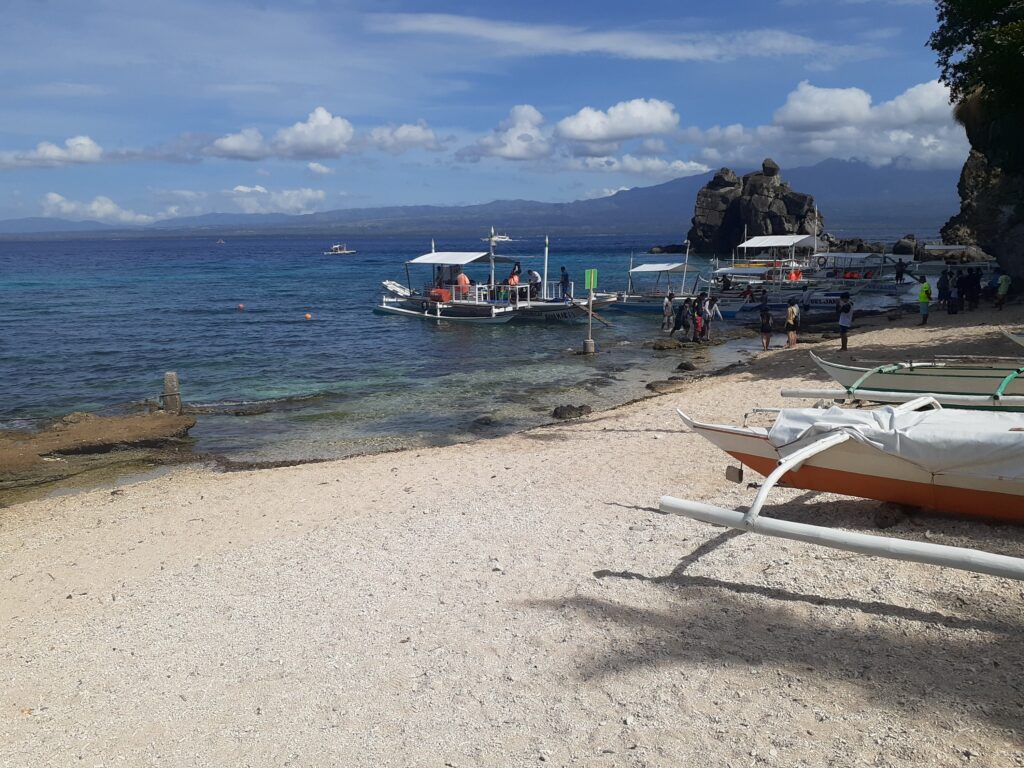
Sea turtles inhabit the area around Apo Island and the chances of encountering one as soon as you enter the sea from the beach are very high. However, the area is designated as a protected area and you must hire a guide for 300 pesos when swimming here. This is the annoying part.
The day we arrived on the island was a public holiday, so there were many domestic day-tour tourists snorkelling. Of course, there is one guide per group. The guides are easily recognisable as they wear fluorescent yellow shirts.
Many tourists are probably not used to snorkelling or swimming in the sea. We often saw guides with floaters connected to snorkellers by ropes and towing them along. Some of the groups were caught in the coral reefs by the ropes and had to walk right and left.
We have snorkelled many times before and brought our own equipment, so there was no reason to ask for a guide. So we went into the sea and started snorkelling at our leisure with those tourists behind us. No one seemed to have a problem with us not having a guide.
When we entered the sea, we found a carpet of rocks covered with seaweed and a large sea turtle. They would come and eat the seaweed. Within a few minutes of swimming, we encountered several large turtles over one metre long. There were other snorkellers there too, but they didn’t care about us, they were just chomping down on the seaweed.
The water was clear and as we swam offshore, we saw many different types of coral reefs, creating a wonderful underwater landscape. There are also many tropical fish swimming around.
We arrived at Apo Island, checked into the guesthouse and immediately went into the sea, probably at around 10.30am. Later that day, before dusk, we snorkelled at the same spot, also without a guide and had no hassle.
There are two famous snorkelling spots on Apo Island, and on this occasion we went to the landing beach. There is another snorkelling spot called Marine Sanctuary, but unfortunately it was closed at that time.
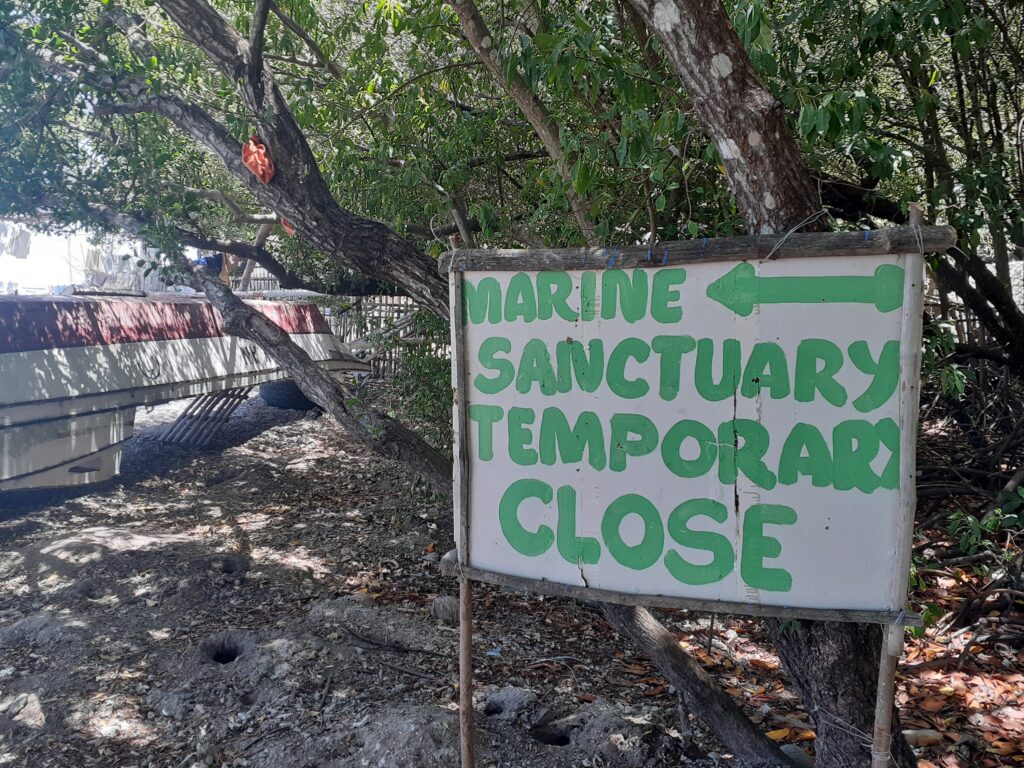
Although you can walk on the beach at Marine Sanctuary, there were no people in the water and we were told by locals that it was ‘closed’. There was also a military base at one end of the beach. Not sure if they are there to enforce the rules!
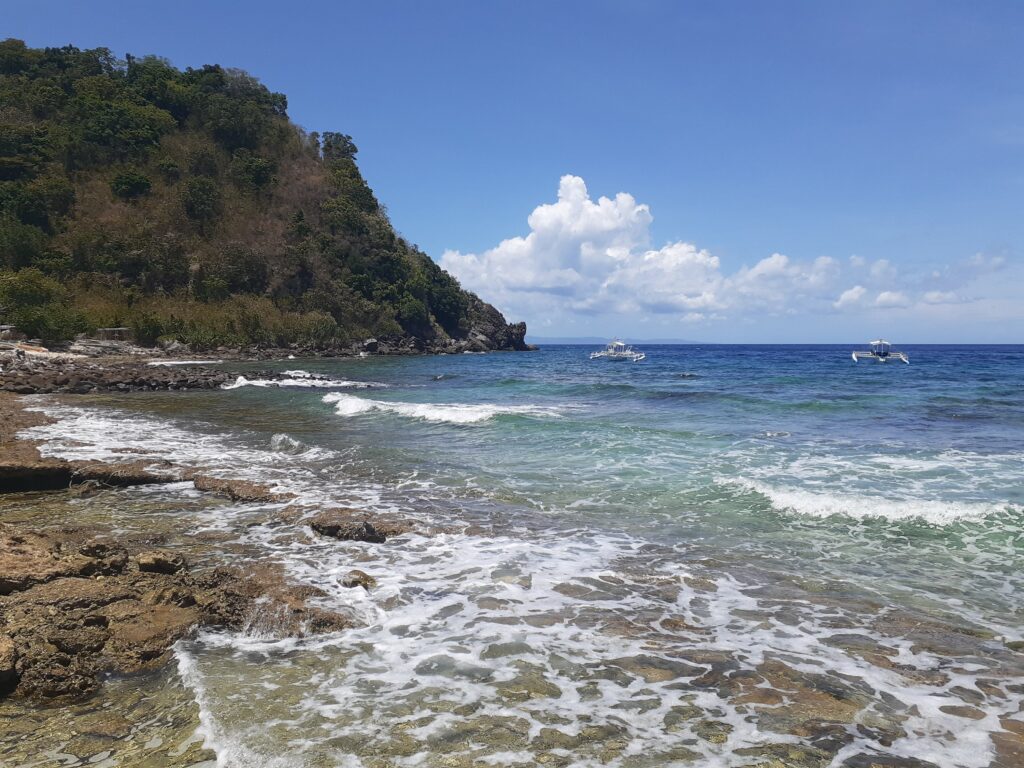
We were rather disappointed as we were looking forward to the Marine Sanctuary. So the next morning we tried to snorkel at the landing beach as we had the day before.
I think the time was around 7am and it looked there were no other tourists in the sea. When we tried to enter the sea from exactly the same spot as the day before, a man approached me and said, “Can I guide you? ‘No problem, I don’t need one. When I said no, he said, “Well, have fun snorkelling” and walked away.
I was happy to understand that it was not compulsory to be accompanied by a guide, but then another young man came along and explained that it was necessary to be accompanied by a guide.
After some back and forth, we were told that swimming without a guide is not allowed in the area of the landing beach as far as the buoys floating offshore. We were told that if we swam to the left of the beach towards the rocks it would be no problem, but that we would have to walk back along the rocks when we came back.
We are staying on this island to snorkel, but if we can’t go into the sea freely, there is no point in staying here for consecutive nights. Each guide costs 300 pesos per trip, so if you want to snorkel three times a day, that’s 900 pesos. There is no reason for us to spend that kind of money on something we don’t need.
We came to the island with cash ready to spend five to ten days snorkelling, as we did in Indonesia, but at this point there was no need to stay on the island for longer.
Hiking trails
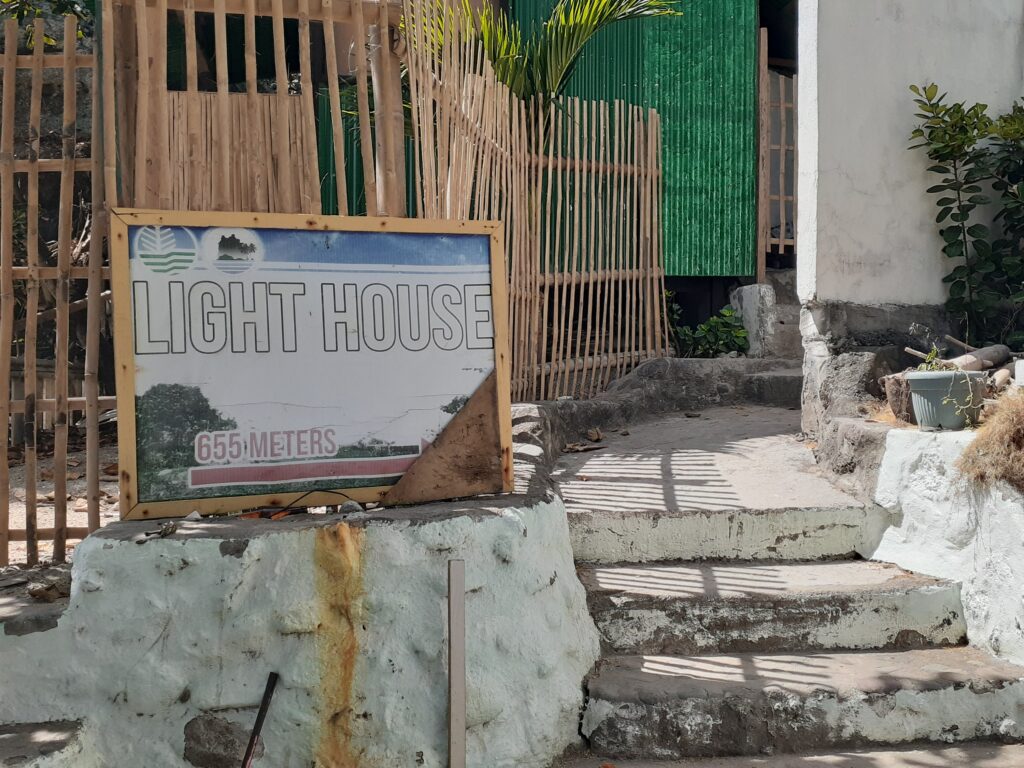
Snorkelling is not the only attraction on this island. If you like walking, even if you can’t go in the sea, you can still enjoy hiking trails and stunning views.
Our first stop was the lighthouse. From the landing management office, there is an entrance up the hill on the diving resort side. Up there you will find the lighthouse and telephone tower.
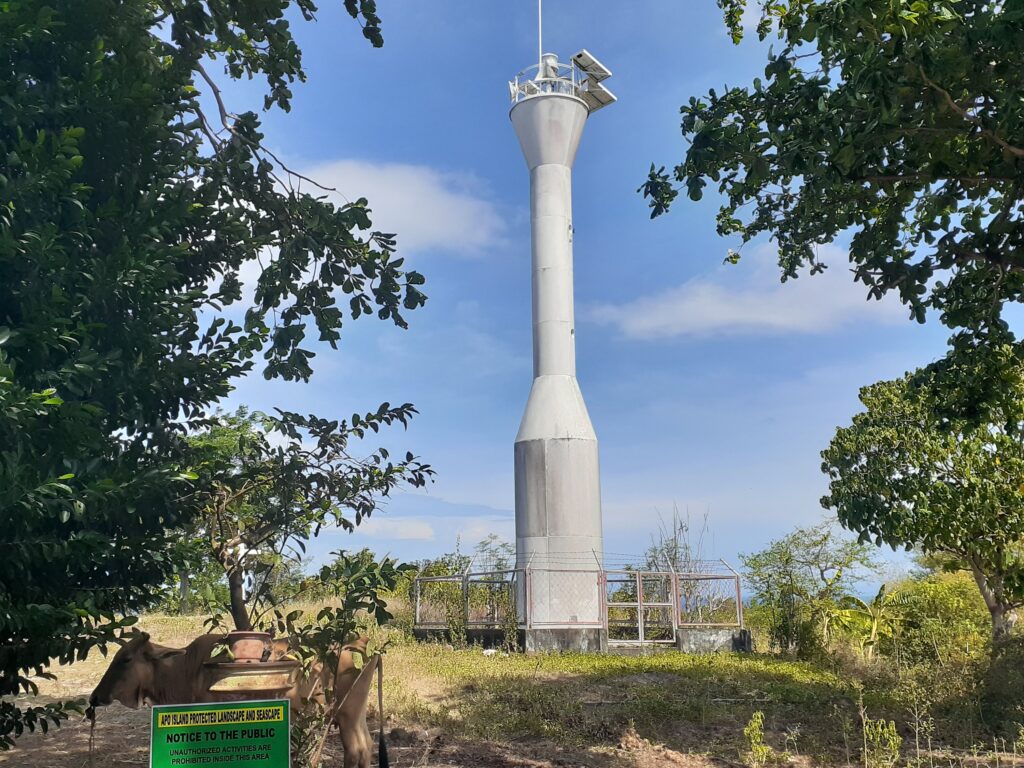
The lighthouse stands in a slightly open field and the telephone tower is opposite it.
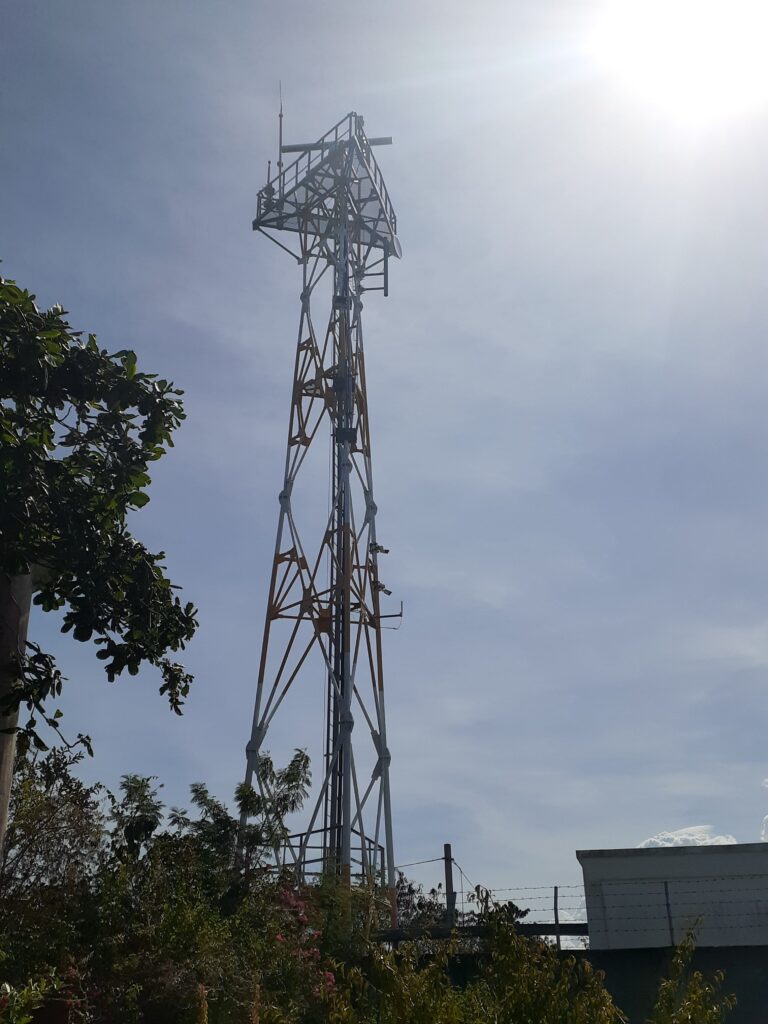
The SIM card internet connection was speedy here, as expected. There is a path at the end of the lighthouse with views to the other side of the island.
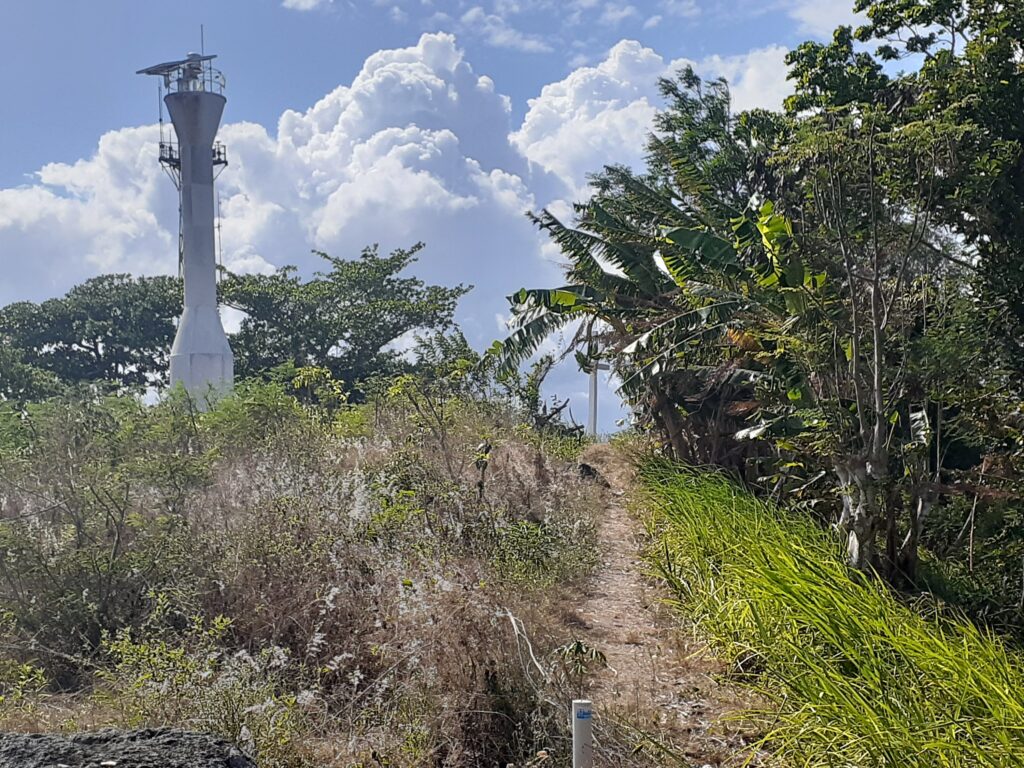
Walking along this pathway led to a viewing spot in the middle of the island. There are several forks in the path and it is difficult to find, so if you see a local, ask them.

From the lookout spot you can see both the Marine Sanctuary and the landing beach. There are several other viewpoints as well.
The reasons we didn’t stay longer
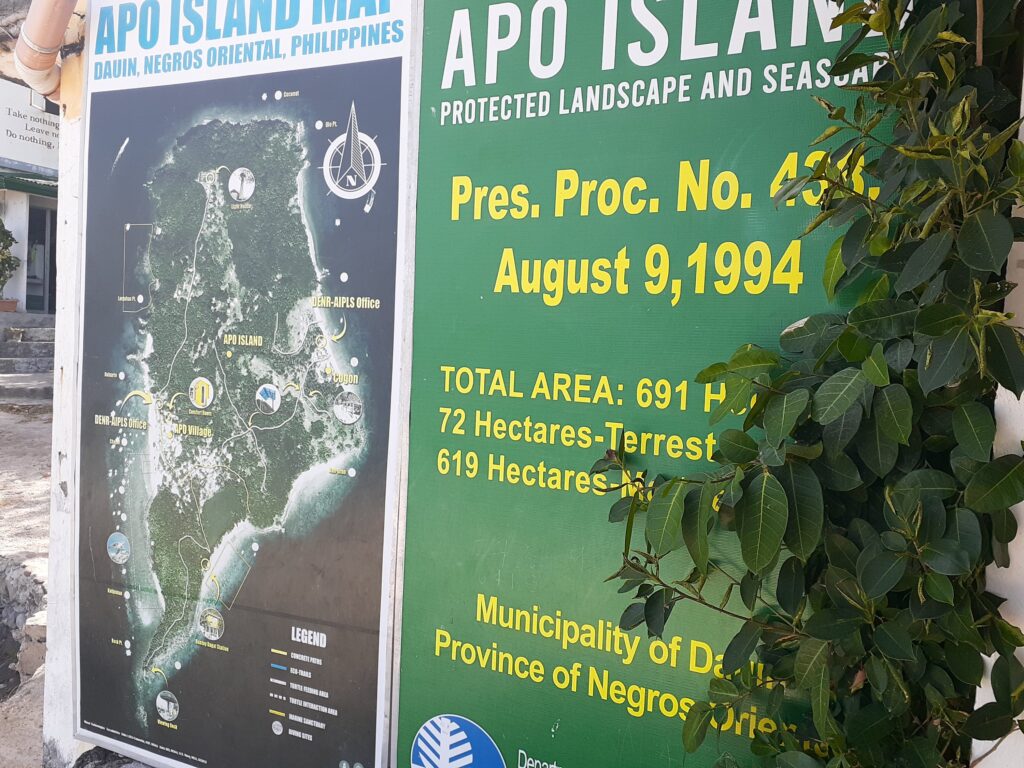
The people on the island are very friendly and always smile and talk to you. There are several places to stay, and some accommodation is cheap. The disadvantage is that the electricity supply is not stable, but this is common on remote islands.
However, although the accommodation is cheap, meals in restaurants are not. This is the same at Sugar Beach, and perhaps all Philippine resorts are like that.
Meals at restaurants in non-touristy towns are very cheap, so I have the impression that they are expensive in comparison. The high cost of food is one of the reasons why I thought it was not suitable for a long-term stay.
We spent a lot of time and money to go all the way to the islands, so we wanted to stay there longer (and we planned to do so), but because of the above reasons, especially the mandatory snorkeling guide, we stayed only one night and got out.
The sea turtles and beautiful coral reefs are very attractive, but to be honest, we felt that going on a self organised day tour would have been enough.
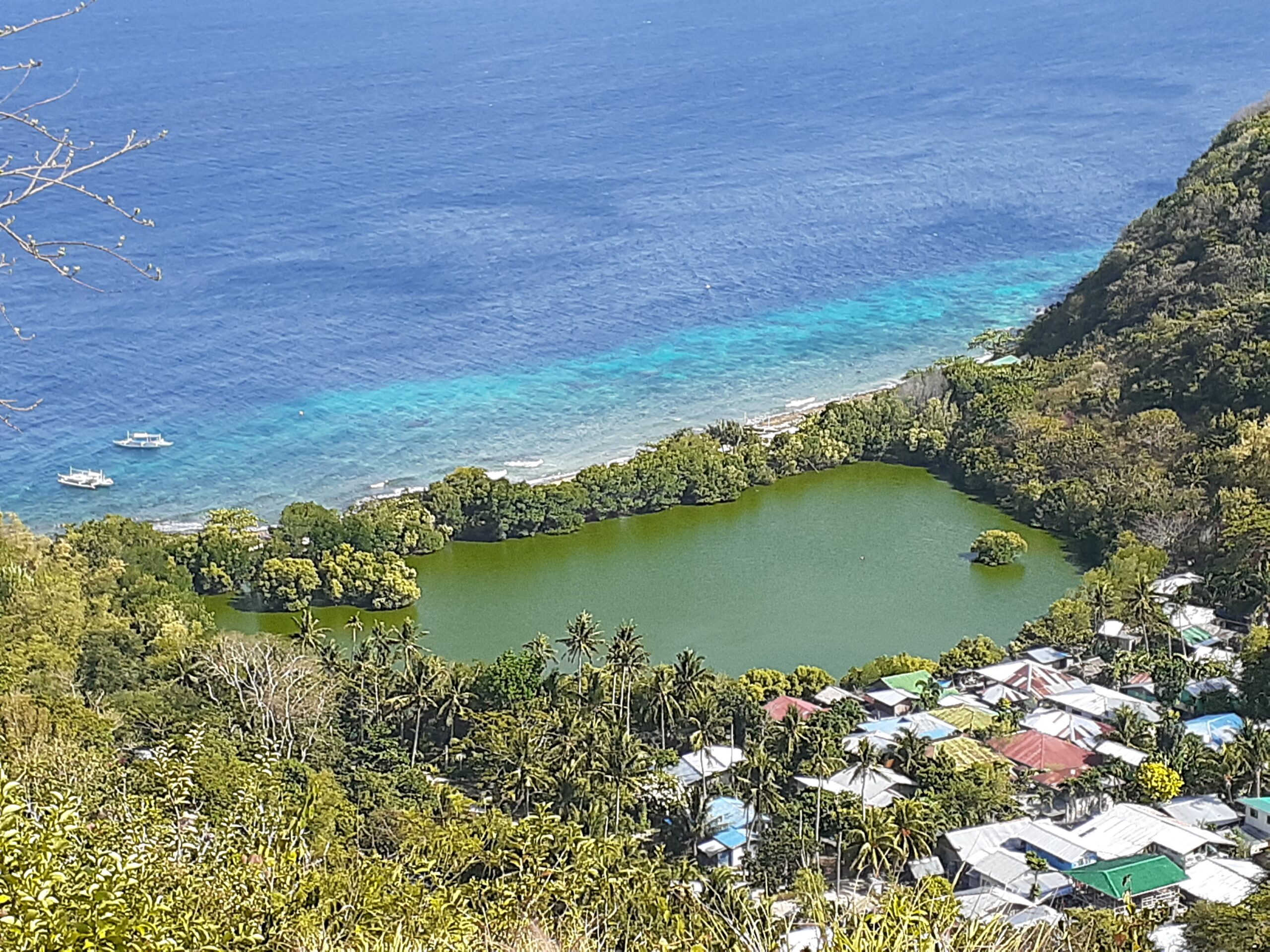


Comment